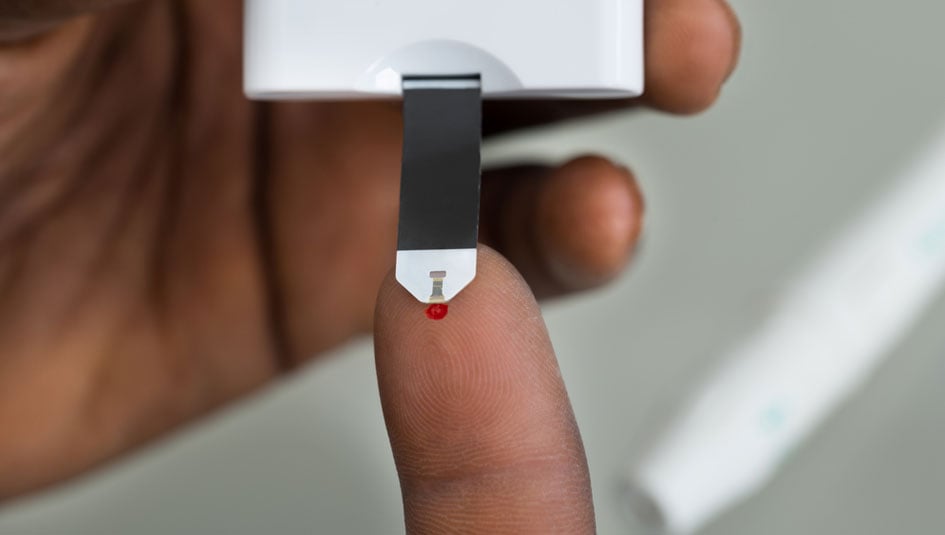The Symptoms of Type 1 Diabetes

The symptoms of Type 1 diabetes can easily be mistaken for other illnesses, including the flu. Unfortunately, a missed diagnosis can be fatal, so it’s important to seek medical help if Type 1 diabetes is suspected. It’s much better to test for Type 1 diabetes and receive a negative diagnosis than not test and miss a diagnosis.
Here are the most common symptoms of the onset of Type 1 diabetes:
- Frequent Urination
- Excessive thirst
- Excessive hunger
- Feeling tired all or much of the time
- Nausea
- Loss of muscle mass and unexplained weight loss
- Blurring of vision
Other symptoms can include:
- Unexpected cramping
- Fast heart rate
- Skin infections
- Excessive sweating
- Restlessness or insomnia
Anyone experiencing any of the above symptoms of Type 1 diabetes should see a medical professional as soon as possible and be administered a blood test to detect blood glucose levels. Untreated Type 1 diabetes can lead to a potentially life-threatening condition known as diabetic ketoacidosis, as well as lifelong complications, so it is important to get a proper diagnosis as soon as possible.
Medical professionals can sometimes overlook the symptoms of Type 1 diabetes or mistake those symptoms for another condition. It is the patient’s right to ask for a blood sugar test even if a medical professional and patient are in disagreement.
Once Type 1 diabetes is diagnosed, blood sugar levels can be regulated through insulin therapy (as well as possibly other drug therapies). If a person with Type 1 diabetes is in the midst of diabetic ketoacidosis, it might also be necessary to treat that condition in a hospital setting at time of diagnosis.
Craig Idlebrook contributed to this article.
Do you have an idea you would like to write about for Insulin Nation? Send your pitch to submissions@insulinnation.com.
Thanks for reading this Insulin Nation article. Want more Type 1 news? Subscribe here.
Have Type 2 diabetes or know someone who does? Try Type 2 Nation, our sister publication.